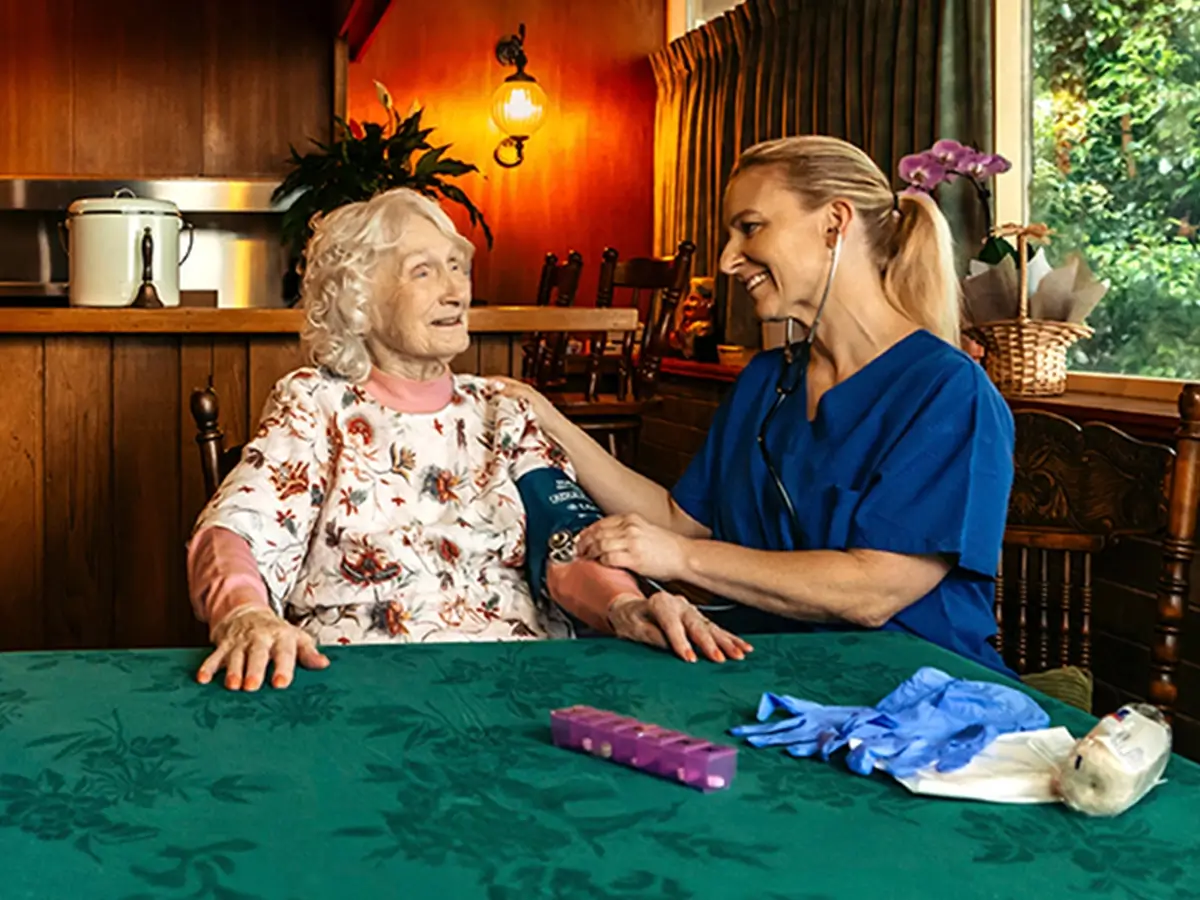On 1 November 2025, the Australian Government officially launched the Support at Home program. It’s the long-awaited refresh to the way in-home aged care is delivered.
The new program is designed to improve access to services, equipment and home modifications that help older people stay safe, active and connected to their communities.
Support at Home forms part of the new Aged Care Act, which gives older people more control over the care they receive. Services will be tailored to individual needs, preferences and goals, with greater opportunities for participants to make choices.
What's new in Support at Home?
The program introduces a range of changes to how aged care is delivered. Some key features include:
- Ongoing services with 8 funding classifications to better cater for a range of participant needs, with the highest now offering around $78,000 per year.
- Short-term services with 3 short-term classifications:
- Stronger preventative care, with the Restorative Care Pathway replacing Short-Term Restorative Care (STRC) and increasing support to 12 weeks.
- 2 new short-term pathways, the Assistive Technology and Home Modification Scheme (AT-HM) and the End-of-Life Pathway.
- Updated contribution and pricing rules, including changes to how participant contributions are calculated and caps on provider service costs (coming soon).
- The introduction of a legal framework for the registration of supporters, who will be referred to as registered supporters, and who are formally nominated by an older person to help them understand and make decisions about their care.
What changes if I already have a Home Care Package?
All current Home Care Package recipients will automatically transition to Support at Home with the same provider. Providers should have already arranged a new service agreement with participants and discussed any unspent funds or potential changes to fees.
Each transitioned participant will receive a Support at Home classification that matches their previous Home Care Package level. This also includes people who were on the National Priority System before 1 November 2025 but who had not yet started care.
If a participant’s care needs change in the future, a reassessment can be done under the new classification system.
Will the cost of my care change?
Participants who were receiving a Home Care Package, were on the National Priority System, or had been approved for a package on or before 12 September 2024 are considered grandfathered participants.
A ‘no worse-off’ principle applies for these individuals. This means they will pay the same or less than they would have under the Home Care Package program, even if they are later reassessed into a higher Support at Home classification.
For other transitioned participants, changes to contributions may apply depending on their services and financial circumstances. If you’re unsure what these changes mean for you or someone you care for, your current provider can help answer questions and guide you through the next steps.
What support workers need to know
Support workers are encouraged to become familiar with the new Aged Care Act and understand their responsibilities under the updated system.
This includes:
- Reading the new Statement of Rights, which outlines the rights of older people receiving care.
- Refreshing knowledge of worker screening requirements, which remain mostly unchanged for now but will be updated in 2026.
- Reviewing the Support at Home Service List, which defines which supports can be delivered.
- Reading the Aged Care Code of Conduct.
To learn more about the Support at Home program, watch the recording of our Introduction to Support at Home webinar for independent support workers.
The program also introduces 3 new service categories, and it’s important for support workers to understand which category their services fall under:
- Clinical care, such as nursing and allied health
- Independence, such as personal care, transport and social access
- Everyday living, such as cleaning, gardening and meal preparation.
Support workers may deliver services that they are qualified for across different categories, but all care must be documented and aligned with the approved list. Support notes and accurate sign-in and sign-out records are now more important than ever. Tools in the Mable app may help make this easier.
The government has provided some helpful resources for support workers, including plain language fact sheets and provider training.
Where to from here?
While there are some changes behind the scenes, it’s reassuring to remember that most older people will continue receiving care at home from the same support workers and providers they know.
This article provides our summary of the Support at Home topic and terms and is intended for general purposes only. Please contact My Aged Care for information specific to your circumstances. For more detailed information about the program, visit My Aged Care or the Department of Health website.




